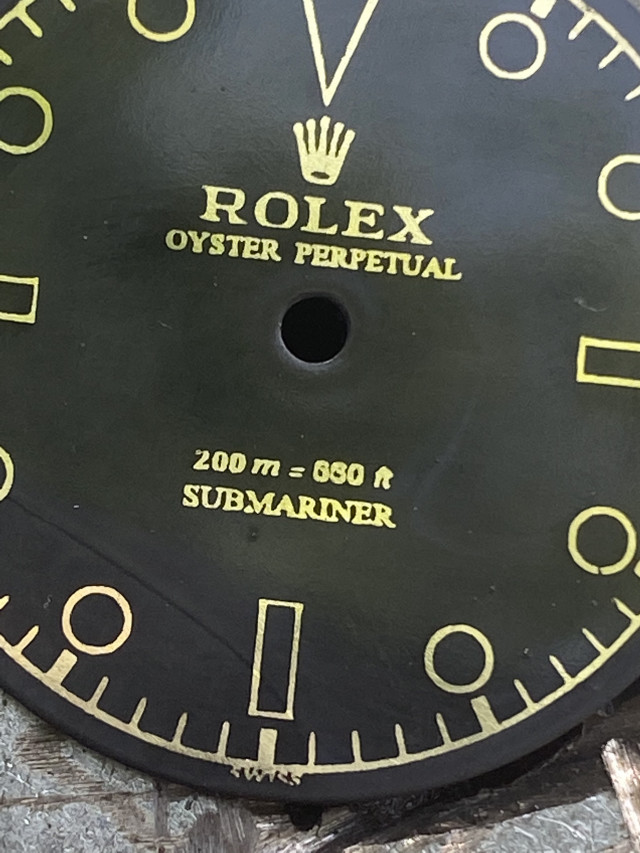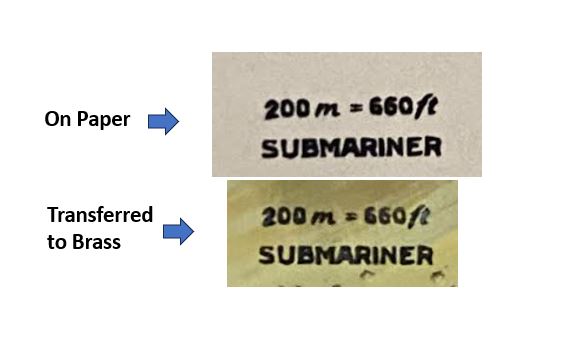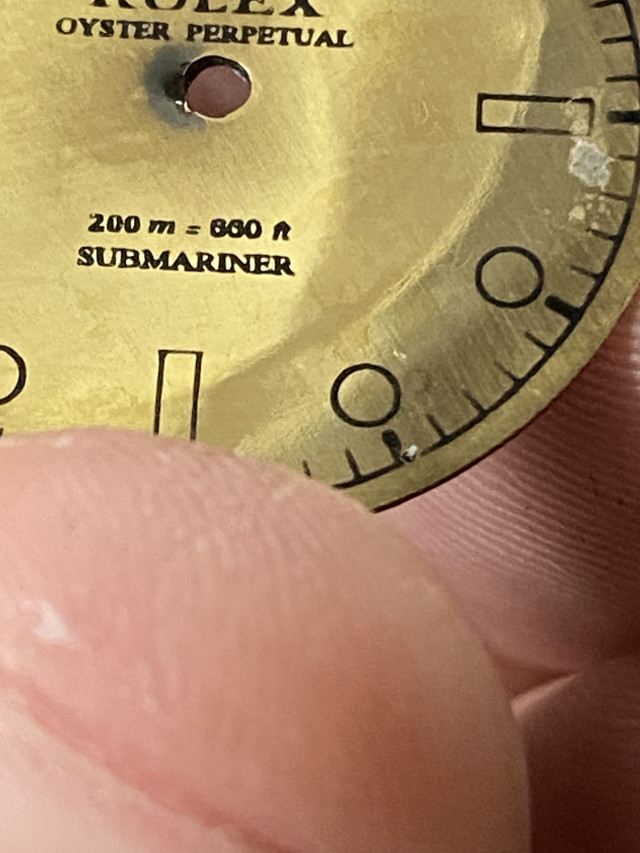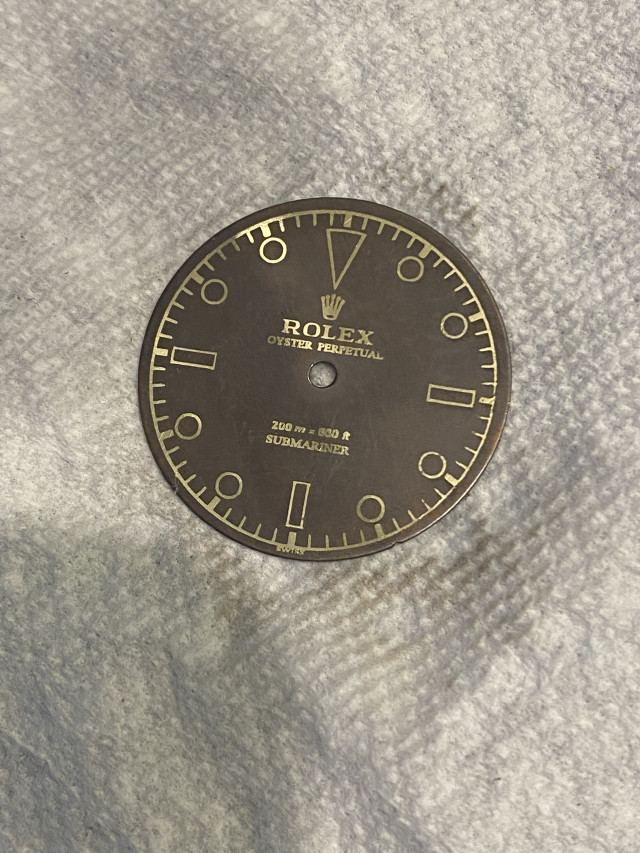Laminator is en route. Quick question for those that have had experience with this process and similar:
From my understanding, a patina is generally from a corrosive process similar to etching. One is removing material and oxidizing it for a desired texture, color, or general finish. I might be wrong!
Plating is removing deposits from one object, and plating those to another object.
If the above is true, what product or type of nickel plating process should I be using? True gilt dials have some negative relief, so a simple patina would not be additive, correct?
My thoughts are that an etch would provide a negative relief, but the deeper it goes, more definition will be lost by the corrosion one is forcing. If using a positive method that is depositing, no details would be corroded away.
I might be wrong, but please explain where I need to be to create a 3-dimensional coating without losing detail?
Can I just toss the dial in a container with electrodes using zinc coated screws on the positive and the dial connected to ground while the toner or etch resist is there?
From my understanding, a patina is generally from a corrosive process similar to etching. One is removing material and oxidizing it for a desired texture, color, or general finish. I might be wrong!
Plating is removing deposits from one object, and plating those to another object.
If the above is true, what product or type of nickel plating process should I be using? True gilt dials have some negative relief, so a simple patina would not be additive, correct?
My thoughts are that an etch would provide a negative relief, but the deeper it goes, more definition will be lost by the corrosion one is forcing. If using a positive method that is depositing, no details would be corroded away.
I might be wrong, but please explain where I need to be to create a 3-dimensional coating without losing detail?
Can I just toss the dial in a container with electrodes using zinc coated screws on the positive and the dial connected to ground while the toner or etch resist is there?

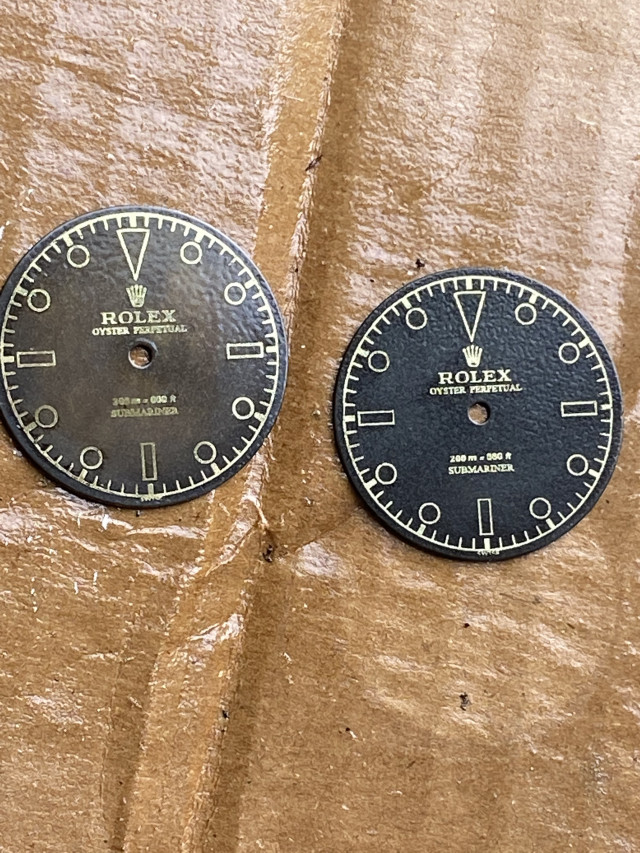
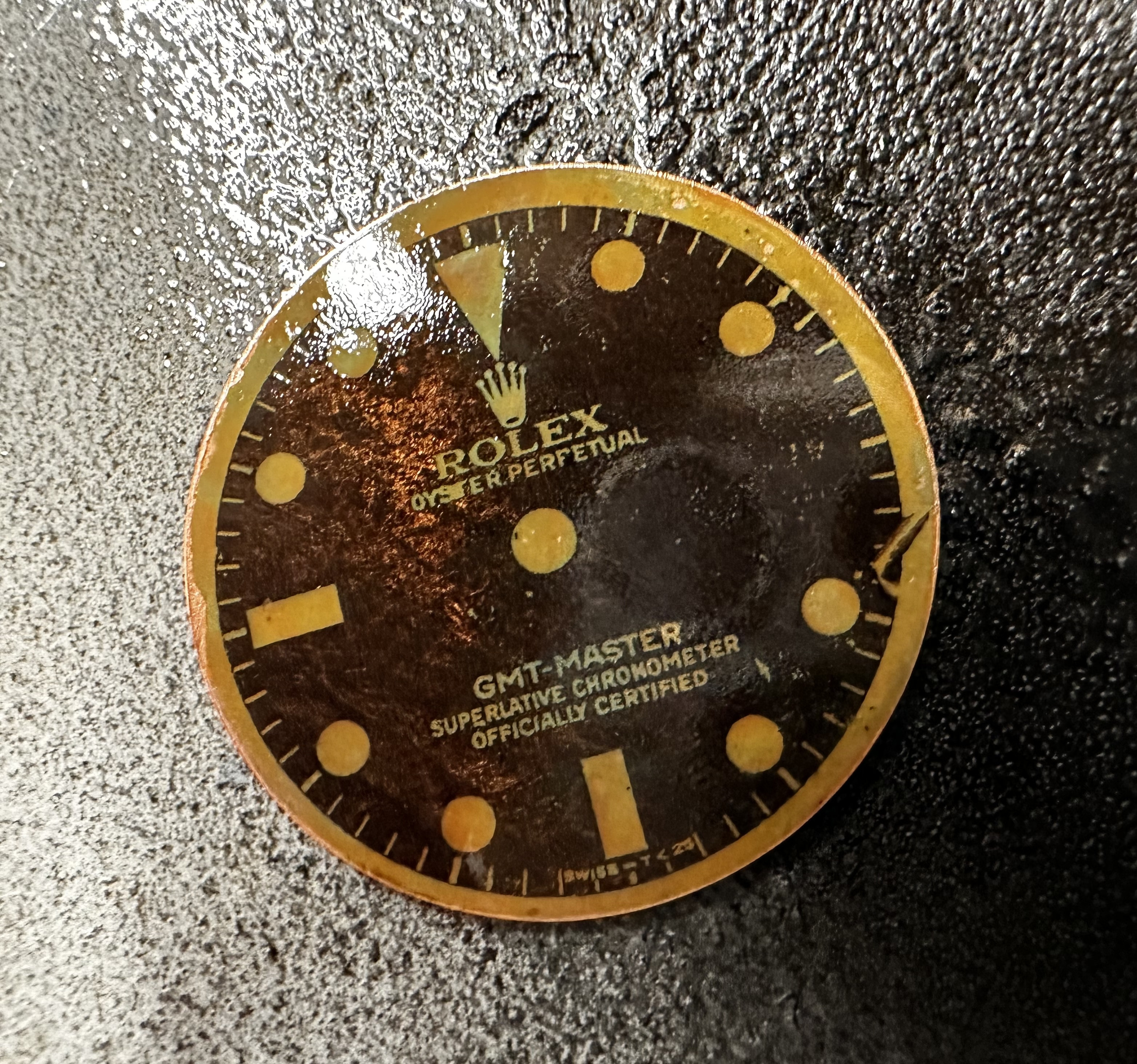
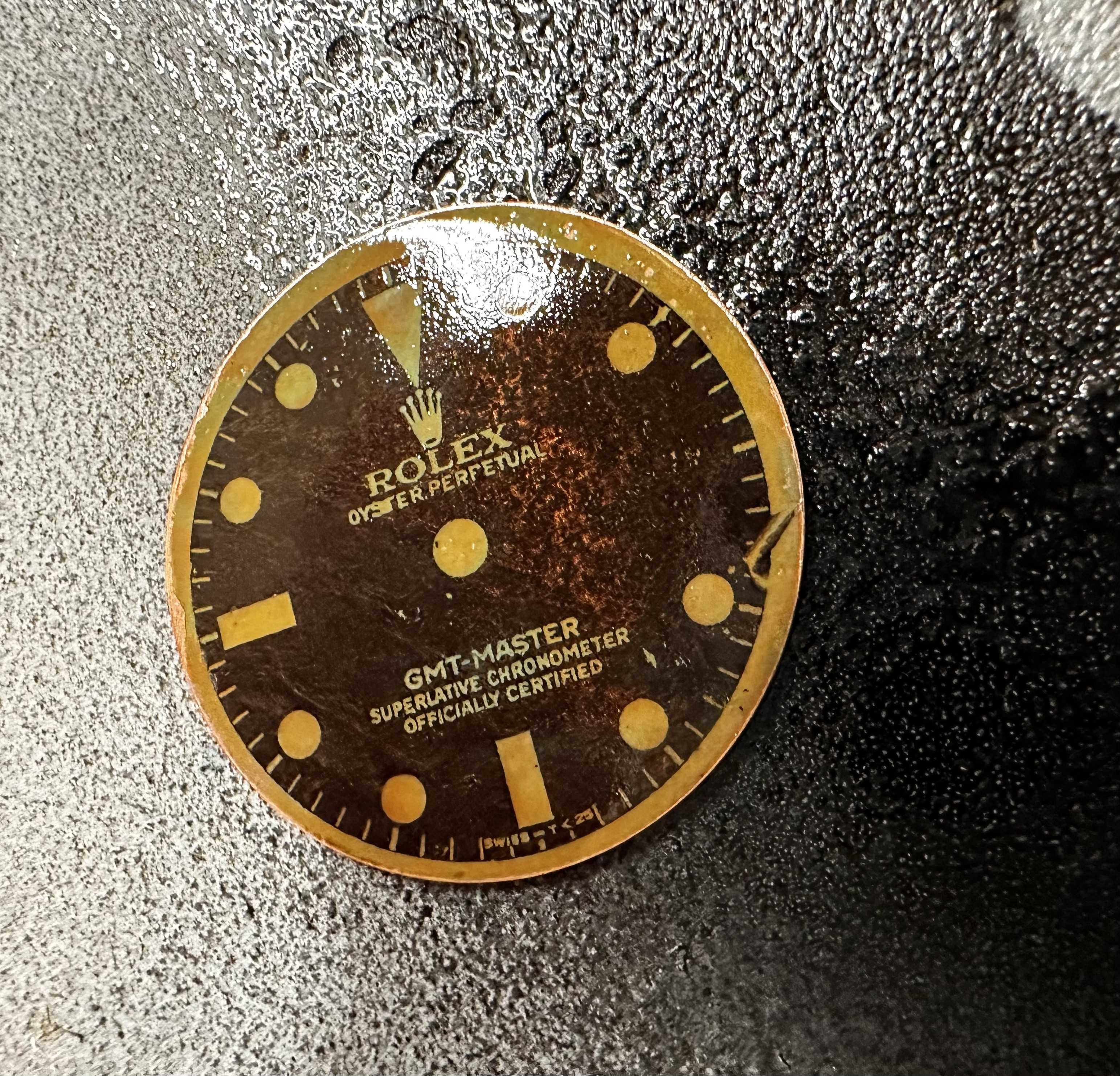
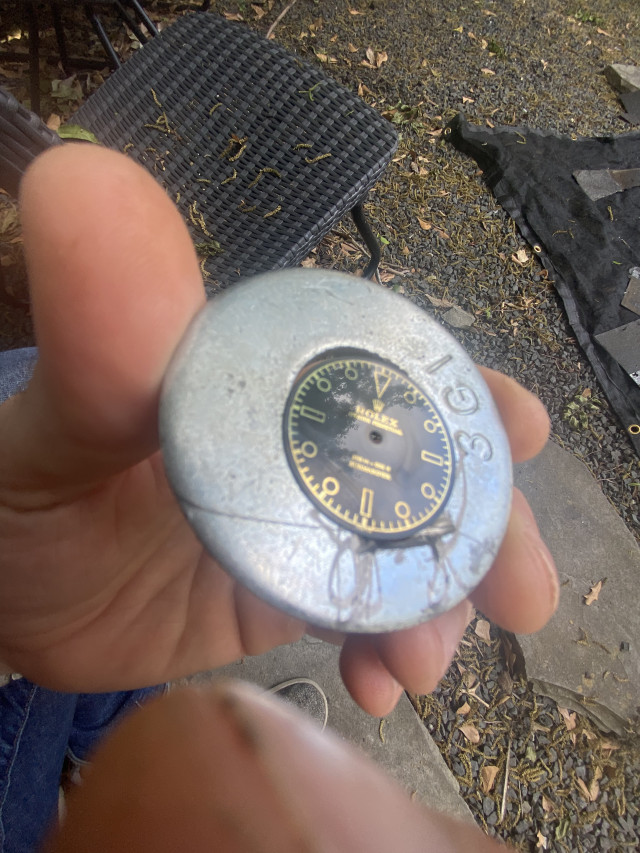
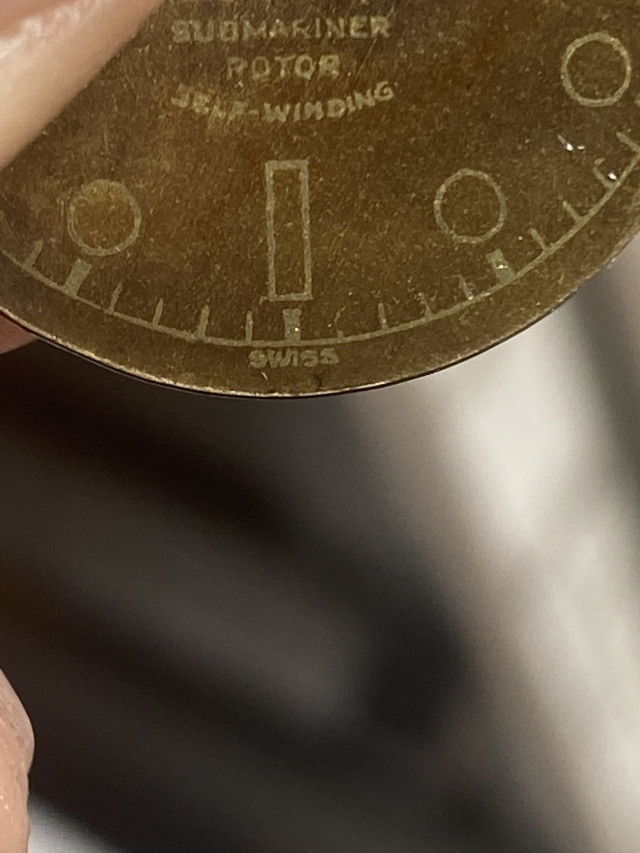 [/url
[/url